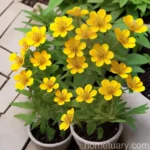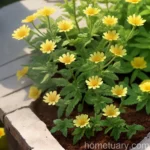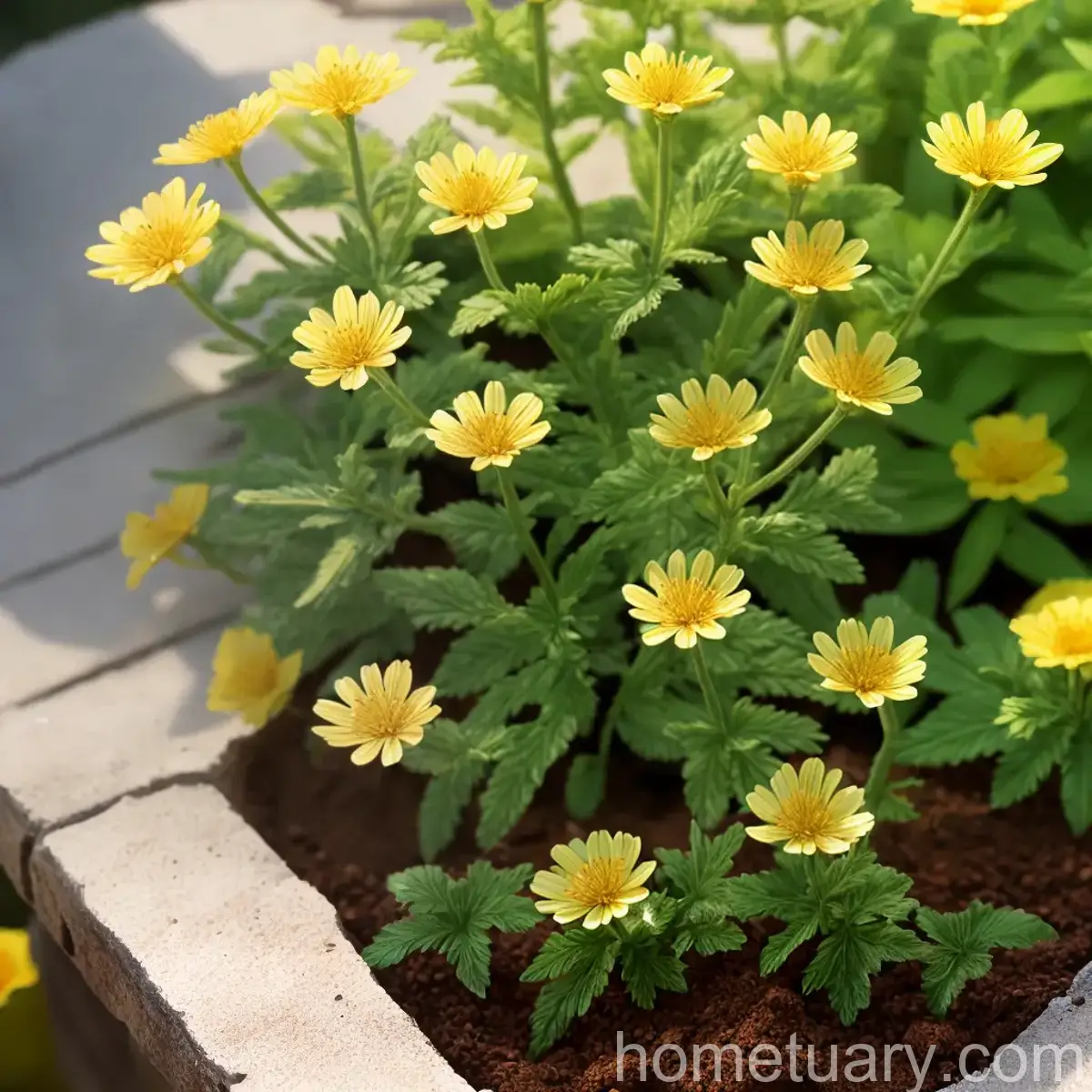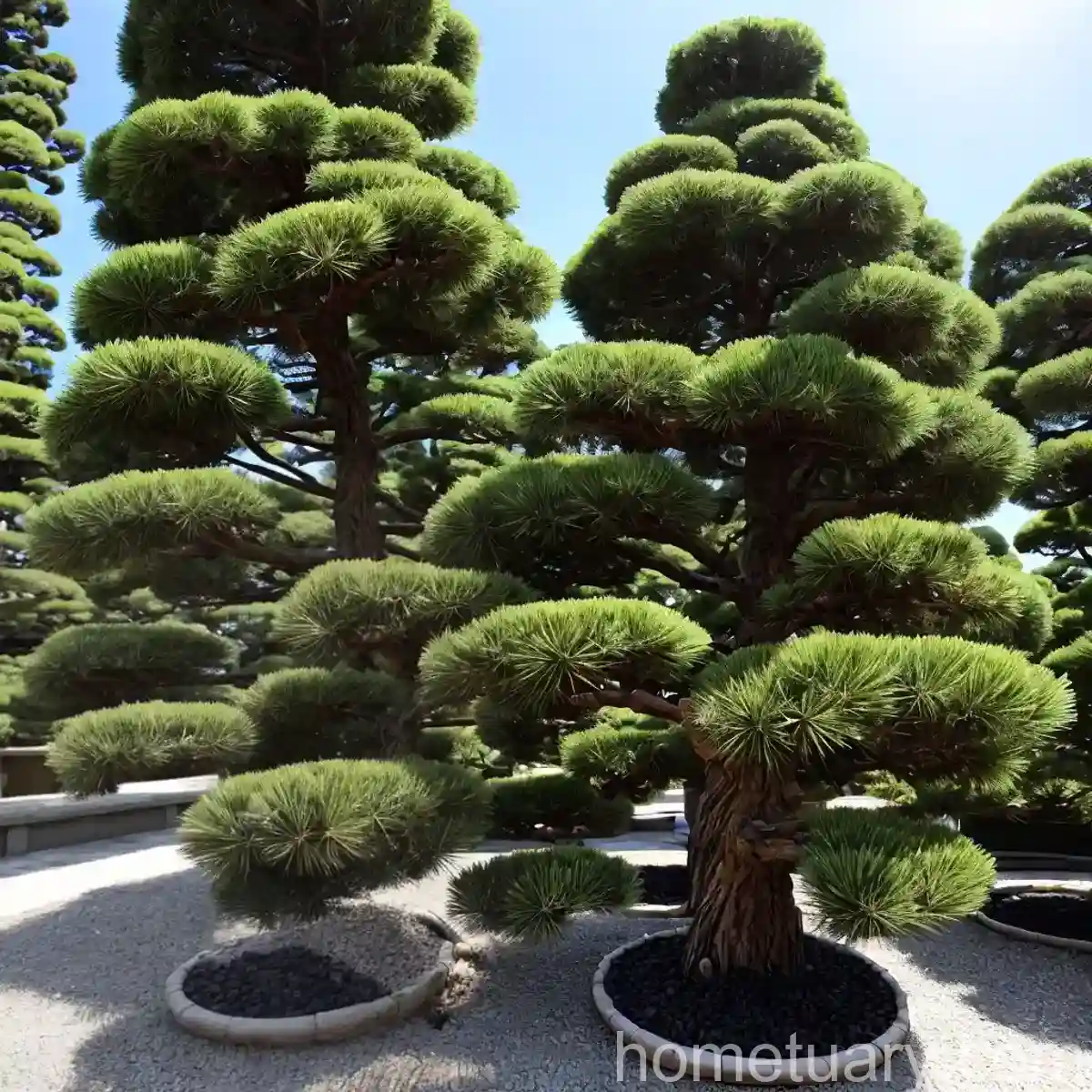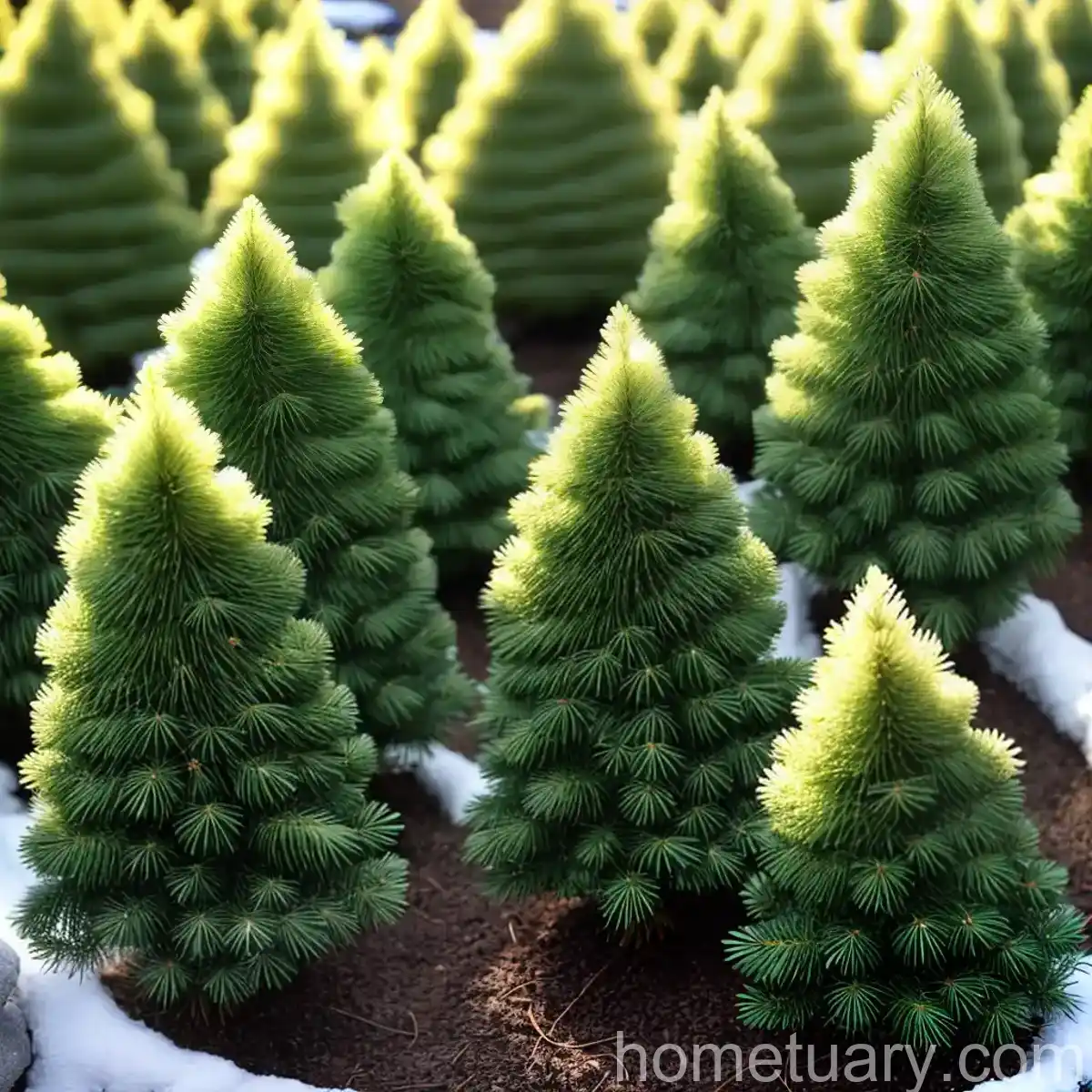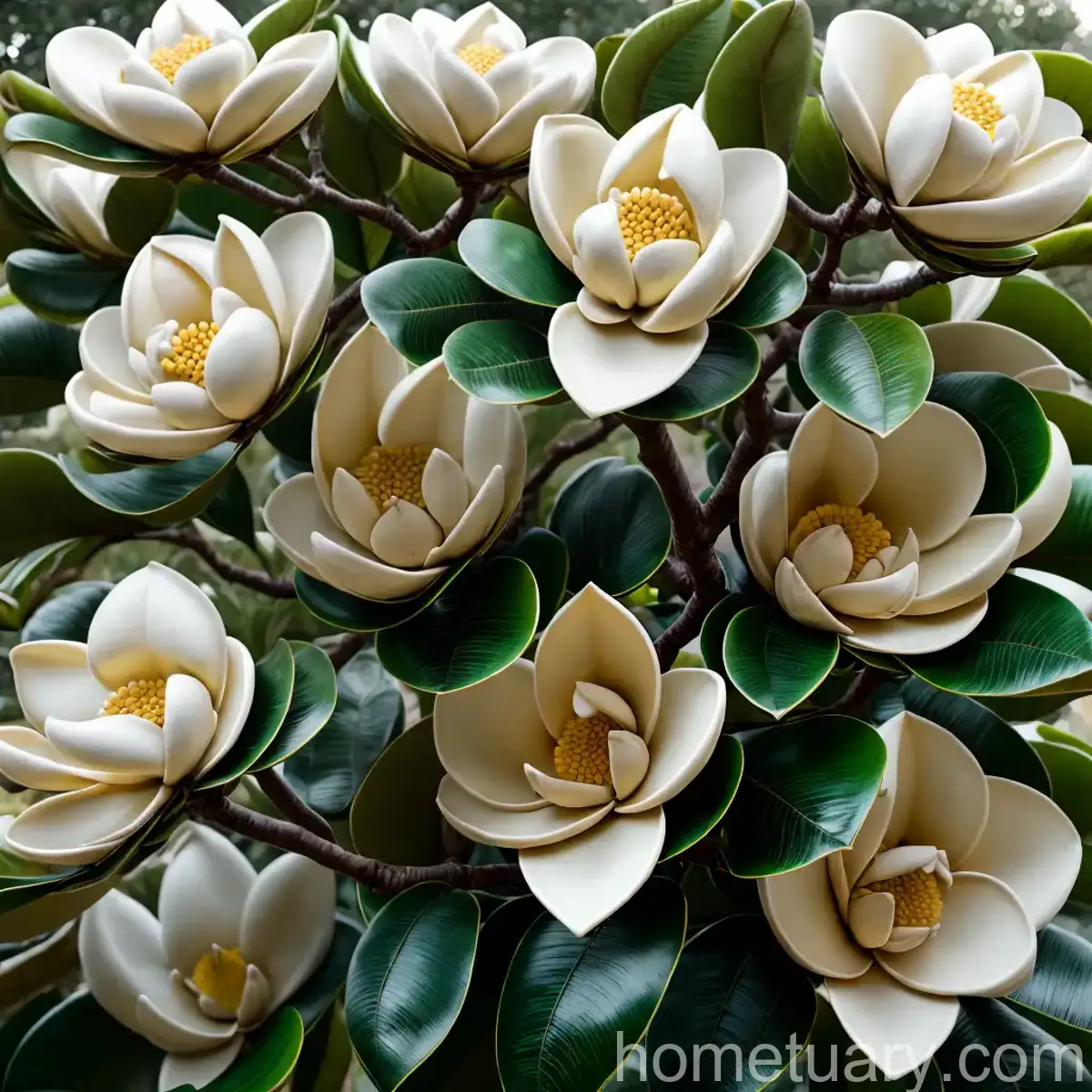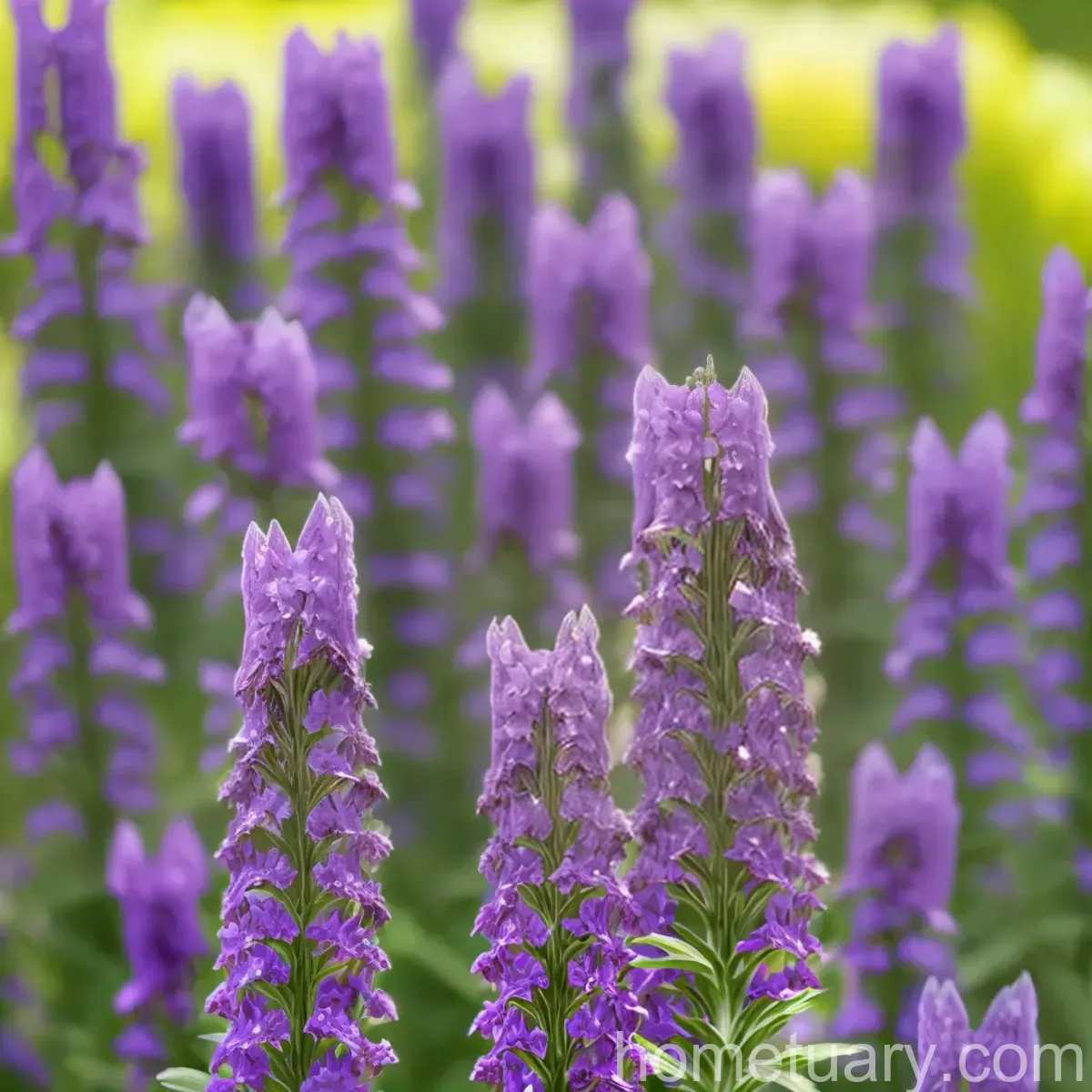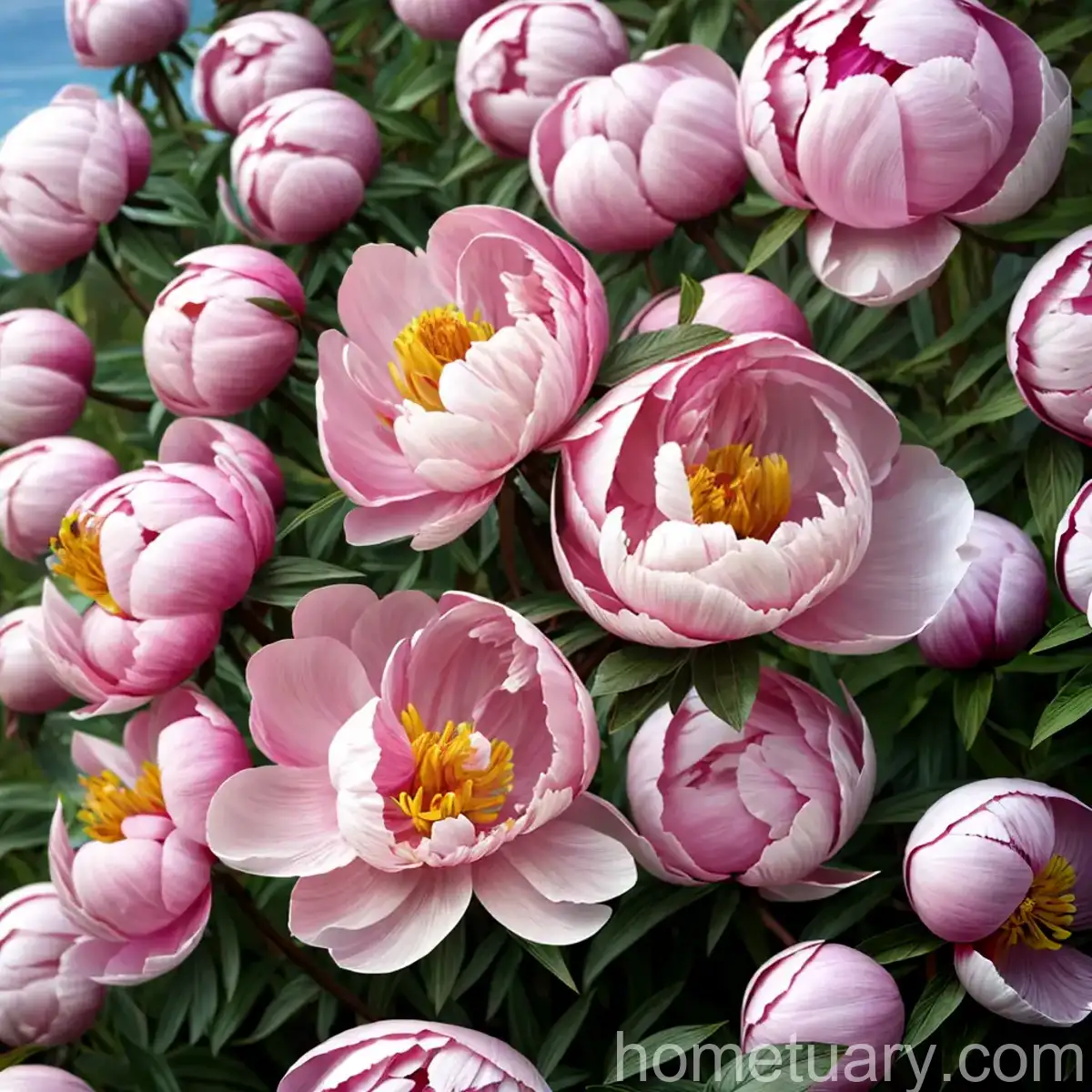The Alluring Beauty of Patrinia (Patrinia scabiosifolia ‘Nagoya’)
Plants have long held a special place in human culture and have been valued for their beauty, practical uses, and ability to connect us with nature. One plant that embodies this connection and offers both aesthetic appeal and functional properties is the Patrinia (Patrinia scabiosifolia ‘Nagoya’). In this comprehensive guide, we will delve into the fascinating world of this stunning plant, exploring its biology, cultivation, uses, and much more.
What is Patrinia (Patrinia scabiosifolia ‘Nagoya’)?
Patrinia scabiosifolia ‘Nagoya’, commonly known as Nagoya Gold and Japanese Valerian, is a herbaceous perennial plant that belongs to the honeysuckle family, Caprifoliaceae. The genus Patrinia comprises around 20 species that are native to East Asia, and Patrinia scabiosifolia ‘Nagoya’ is a cultivar known for its elegant and delicate appearance.
Key Takeaways
Let’s start by summarizing the essential points about the Patrinia (Patrinia scabiosifolia ‘Nagoya’):
- Common Name: Nagoya Gold, Japanese Valerian
- Scientific Name: Patrinia scabiosifolia ‘Nagoya’
- Family: Caprifoliaceae
- Plant Type: Herbaceous perennial
- Native Region: East Asia
- Cultivar: ‘Nagoya’
Now that we have an overview of this captivating plant, let’s explore its culture, uses, and cultivation techniques in detail.
Culture
When it comes to successfully cultivating Patrinia scabiosifolia ‘Nagoya’, understanding its cultural requirements is imperative. From soil and sunlight to water and fertilizer needs, here’s a comprehensive look at how to create an environment that allows this plant to thrive.
Soil
Patrinia scabiosifolia ‘Nagoya’ prefers well-draining, fertile soil with a slightly acidic to neutral pH. It grows best in loamy soil that retains moisture without becoming waterlogged. Consider amending the soil with organic matter, such as compost or well-rotted manure, to improve its structure and fertility.
Water
Consistent moisture is crucial for the health and vitality of Patrinia scabiosifolia ‘Nagoya’. While it requires adequate water, especially during dry spells, it’s essential to avoid overwatering, as waterlogged soil can lead to root rot. Aim to keep the soil evenly moist, and adjust the frequency of watering based on the weather conditions and the plant’s growth stage.
Sunlight
In terms of sunlight requirements, Patrinia scabiosifolia ‘Nagoya’ thrives in full sun to partial shade. Ideally, it should receive at least 6-8 hours of sunlight each day to support robust growth and abundant flowering. However, it can also tolerate some shade, making it a versatile choice for various garden settings.
Fertilizer
To promote healthy growth and flowering, consider feeding Patrinia scabiosifolia ‘Nagoya’ with a balanced, slow-release fertilizer in early spring. Alternatively, you can apply a layer of well-decomposed compost around the base of the plant to provide a nutrient boost. Avoid excessive fertilization, as this can lead to lush foliage at the expense of flowers.
Pruning
Pruning plays a vital role in maintaining the form and vigor of Patrinia scabiosifolia ‘Nagoya’. In late winter or early spring, cut back the previous year’s growth to encourage new shoots and prevent the plant from becoming leggy. Remove any dead or damaged foliage throughout the growing season to keep the plant looking tidy.
Uses
The versatile nature of Patrinia scabiosifolia ‘Nagoya’ extends beyond its ornamental value, making it a valuable addition to gardens and landscapes. Here are some of the notable uses of this plant:
-
Ornamental Accent: With its graceful foliage and clusters of small, bright yellow flowers, Patrinia scabiosifolia ‘Nagoya’ serves as a stunning ornamental accent in mixed borders, cottage gardens, and naturalistic plantings.
-
Cut Flower: The long-lasting blooms of Patrinia scabiosifolia ‘Nagoya’ make it a popular choice for cut flower arrangements, adding cheerful color and a touch of elegance to indoor displays.
-
Wildlife Habitat: This plant attracts pollinators such as bees and butterflies, making it a valuable addition to wildlife-friendly gardens and naturalistic landscapes.
-
Erosion Control: Due to its spreading habit and vigorous growth, Patrinia scabiosifolia ‘Nagoya’ can be used to stabilize slopes and prevent soil erosion in garden settings.
-
Traditional Herbal Medicine: In traditional herbal medicine, certain parts of Patrinia scabiosifolia ‘Nagoya’ have been used for their potential medicinal properties, although it’s essential to consult a healthcare professional before using any plant for medicinal purposes.
-
Asian Gardening Traditions: Patrinia scabiosifolia ‘Nagoya’ holds cultural significance in Asian gardening traditions, where it is valued for its delicate beauty and associations with nature.
Propagation
To propagate Patrinia scabiosifolia ‘Nagoya’, several methods can be employed, including division, seed sowing, and stem cuttings. Here’s a brief overview of each propagation technique:
Division
- In early spring or fall, carefully dig up an established clump of Patrinia scabiosifolia ‘Nagoya’ and divide it into smaller sections, ensuring that each division has both roots and shoots.
- Replant the divisions in prepared soil, water them thoroughly, and provide appropriate care to encourage establishment.
Seed Sowing
- Collect mature seeds from the plant after the flowers have faded and the seed heads have dried.
- Sow the seeds in a seed-starting mix in early spring or late autumn, covering them lightly with soil, and keep the growing medium consistently moist until germination occurs.
Stem Cuttings
- Take 4-6 inch stem cuttings from healthy, non-flowering shoots of Patrinia scabiosifolia ‘Nagoya’.
- Remove the lower leaves, dip the cut ends in a rooting hormone, and plant the cuttings in a well-draining rooting medium. Keep the cuttings consistently moist and provide a warm, humid environment to encourage root development.
Container Popularity
The versatility and aesthetic appeal of Patrinia scabiosifolia ‘Nagoya’ make it well-suited for container gardening. When grown in containers, this plant can bring vibrancy and visual interest to patios, balconies, and small outdoor spaces. Consider the following points when cultivating Patrinia scabiosifolia ‘Nagoya’ in containers:
-
Container Size: Select a container that provides ample space for the plant’s roots to spread and grow. A diameter of at least 12-16 inches is recommended to accommodate the mature size of the plant.
-
Potting Mix: Use a high-quality, well-draining potting mix that provides adequate aeration and water retention for the plant. Consider adding some perlite or coarse sand to improve the soil structure.
-
Watering: Containers may require more frequent watering than ground-planted specimens, especially during hot and dry periods. Monitor the moisture levels closely and water the plant whenever the top inch of the soil feels dry to the touch.
-
Sunlight: Position the container in a location that receives sufficient sunlight, ideally 6-8 hours of direct sunlight per day. If the plant shows signs of scorching or wilting, provide some shade during the hottest part of the day.
-
Fertilization: Feed the plant with a diluted, balanced liquid fertilizer during the growing season to support healthy growth and flowering. Follow the manufacturer’s recommendations for application rates.
Common Diseases
While Patrinia scabiosifolia ‘Nagoya’ is relatively resistant to diseases and pests, it can occasionally experience issues that may impact its health and appearance. Understanding common diseases and their management is essential for maintaining the plant’s vitality. Here are some of the typical diseases that may affect Patrinia scabiosifolia ‘Nagoya’:
Powdery Mildew
- Symptoms: Powdery white or grayish patches on the leaves and stems, often accompanied by distorted growth and leaf yellowing.
- Management: Improve air circulation around the plant, avoid overhead watering, and prune affected foliage to enhance sunlight penetration. Consider applying a fungicidal spray labeled for powdery mildew control if the infection persists.
Leaf Spot
- Symptoms: Circular or irregularly shaped brown or black spots on the leaves, which may enlarge and coalesce over time, leading to leaf drop and reduced vigor.
- Management: Remove and destroy affected leaves and provide adequate air circulation to reduce moisture on the foliage. Consider applying a copper-based fungicide to manage the disease.
Root Rot
- Symptoms: Wilting, yellowing, and stunted growth, often accompanied by a foul odor from the roots. The roots may appear brown, mushy, and water-soaked.
- Management: Ensure proper drainage to prevent waterlogging, and avoid overwatering the plant. Consider replanting in well-draining soil if root rot is suspected.
Common Pests
In addition to diseases, Patrinia scabiosifolia ‘Nagoya’ may be susceptible to certain pests that can hinder its growth and flowering. Identifying and addressing pest issues promptly is crucial for preserving the plant’s health. Here are some of the common pests that may target this plant:
Aphids
- Identification: Small, soft-bodied insects that may be green, black, brown, or pink in color. They often cluster on the undersides of leaves and excrete sticky honeydew.
- Management: Use a strong stream of water to dislodge aphids from the plant, and introduce natural predators such as ladybugs or lacewings to help control the population. In severe cases, consider applying insecticidal soap or neem oil.
Slugs and Snails
- Identification: These mollusks leave behind silvery slime trails and feed on the foliage, resulting in ragged or irregularly damaged leaves.
- Management: Implement cultural controls such as removing hiding spots and barriers to deter these pests. Additionally, consider using organic slug and snail baits containing iron phosphate to manage their populations.
Spider Mites
- Identification: Tiny arachnids that cause stippling, yellowing, and webbing on the leaves, especially in hot, dry conditions.
- Management: Increase humidity around the plant, prune and dispose of heavily infested foliage, and apply horticultural oil to suffocate the mites. Consider introducing predatory mites as a biological control method.
Botanist’s Tips
For gardeners and plant enthusiasts looking to cultivate Patrinia scabiosifolia ‘Nagoya’, here are some valuable tips from botanists and horticulturists to enhance the success and enjoyment of growing this plant:
-
Maintenance: Regular deadheading of spent flowers can prolong the blooming period and promote continuous flower production.
-
Companion Plants: Pair Patrinia scabiosifolia ‘Nagoya’ with other sun-loving perennials such as Echinacea, Rudbeckia, and Coreopsis for a vibrant and diverse garden display.
-
Seasonal Care: Mulch around the base of the plant in late autumn to protect the roots during winter and conserve soil moisture.
-
Attracting Pollinators: To attract a diverse array of pollinators, consider incorporating a variety of flowering plants with different colors, shapes, and bloom times in the garden.
-
Landscape Design: Utilize the graceful form and delicate flowers of Patrinia scabiosifolia ‘Nagoya’ in Japanese-inspired garden designs, water-wise landscapes, and naturalistic plantings.
Fun Facts
Here are some intriguing and little-known facts about Patrinia scabiosifolia ‘Nagoya’ that can inspire a deeper appreciation for this captivating plant:
-
Cultural Significance: In Japanese garden design, Patrinia scabiosifolia ‘Nagoya’ symbolizes elegance, grace, and subtlety, reflecting the aesthetic principles of “wabi-sabi” and “ma.”
-
Beneficial Insects: The nectar-rich flowers of this plant attract a diverse range of pollinators, including solitary bees, bumblebees, and beneficial wasps that contribute to a thriving garden ecosystem.
-
Native Habitat: While Patrinia scabiosifolia ‘Nagoya’ is a popular garden plant, its wild counterparts can be found in damp meadows, woodland edges, and stream banks in East Asia.
-
Herbal Traditions: In traditional Chinese medicine, certain species of Patrinia are used for their potential medicinal properties, offering a fascinating intersection between botany and folk medicine.
Links to External Resources
For further information on Patrinia scabiosifolia ‘Nagoya’ care, cultivation, and uses, explore the following resources:
- Royal Horticultural Society: Patrinia scabiosifolia ‘Nagoya’
- Missouri Botanical Garden: Patrinia scabiosifolia
- University of Wisconsin-Madison Extension: Patrinia scabiosifolia ‘Nagoya’ in Wisconsin
By delving into these resources, you can gain valuable insights and practical tips for cultivating and appreciating this enchanting plant.
In conclusion, the allure of Patrinia scabiosifolia ‘Nagoya’ lies not only in its delicate and radiant appearance but also in its diverse uses, cultural significance, and contributions to ecological harmony. Whether you’re a seasoned gardener or a novice enthusiast, incorporating this plant into your landscape can offer a multitude of rewards, from its striking visual impact to its role in supporting local biodiversity. Embrace the beauty and intrinsic value of Patrinia scabiosifolia ‘Nagoya’ in your gardening endeavors, and let its ethereal charm captivate your outdoor spaces.
This article was written by a plant scientist with expertise in horticulture, botany, and plant ecology.
References
- Boyd, J. W. (2016). Plant Propagation, Concepts and Laboratory Exercises. CRC Press.
- Watson, B. T., & Dallwitz, M. J. (1992). The families of flowering plants: descriptions, illustrations, identification, and information retrieval. International Association for Plant Taxonomy.
Keywords
Patrinia scabiosifolia ‘Nagoya’ care, Patrinia scabiosifolia ‘Nagoya’ cultivation, Growing Patrinia scabiosifolia ‘Nagoya’, Patrinia scabiosifolia ‘Nagoya’ planting tips, Patrinia scabiosifolia ‘Nagoya’ maintenance, Patrinia scabiosifolia ‘Nagoya’ characteristics, How to propagate Patrinia scabiosifolia ‘Nagoya’, Best soil for Patrinia scabiosifolia ‘Nagoya’, Patrinia scabiosifolia ‘Nagoya’ watering requirements, Patrinia scabiosifolia ‘Nagoya’ sun exposure, Patrinia scabiosifolia ‘Nagoya’ pruning techniques, Patrinia scabiosifolia ‘Nagoya’ pests and diseases, Companion plants for Patrinia scabiosifolia ‘Nagoya’, Patrinia scabiosifolia ‘Nagoya’ landscape uses, Seasonal changes in Patrinia scabiosifolia ‘Nagoya’, Common issues with Patrinia scabiosifolia ‘Nagoya’, Benefits of having Patrinia scabiosifolia ‘Nagoya’ in the garden, Patrinia scabiosifolia ‘Nagoya’ flower arrangement ideas, How to attract pollinators with Patrinia scabiosifolia ‘Nagoya’, Patrinia scabiosifolia ‘Nagoya’ as a cut flower, Patrinia scabiosifolia ‘Nagoya’ container gardening, Winter care for Patrinia scabiosifolia ‘Nagoya’, Indigenous habitat of Patrinia scabiosifolia ‘Nagoya’, Medicinal uses of Patrinia scabiosifolia ‘Nagoya’, Patrinia scabiosifolia ‘Nagoya’ in traditional herbal medicine, Folklore and legends associated with Patrinia scabiosifolia ‘Nagoya’, Patrinia scabiosifolia ‘Nagoya’ in Asian gardening traditions, Landscaping with Patrinia scabiosifolia ‘Nagoya’, Climate requirements for Patrinia scabiosifolia ‘Nagoya’, Growing Patrinia scabiosifolia ‘Nagoya’ from seeds, Patrinia scabiosifolia ‘Nagoya’ in urban gardening, Natural insect repellents found in Patrinia scabiosifolia ‘Nagoya’, Uses of Patrinia scabiosifolia ‘Nagoya’ in culinary arts, Patrinia scabiosifolia ‘Nagoya’ in traditional Chinese medicine, Patrinia scabiosifolia ‘Nagoya’ as a border plant, Patrinia scabiosifolia ‘Nagoya’ in rock gardens, Patrinia scabiosifolia ‘Nagoya’ as a groundcover, Edible parts of Patrinia scabiosifolia ‘Nagoya’, Patrinia scabiosifolia ‘Nagoya’ as a natural dye source, Organic gardening with Patrinia scabiosifolia ‘Nagoya’, Patrinia scabiosifolia ‘Nagoya’ for wildlife habitat, Benefits of Patrinia scabiosifolia ‘Nagoya’ for bees, Patrinia scabiosifolia ‘Nagoya’ in perennial flower beds, Patrinia scabiosifolia ‘Nagoya’ floral arrangements, Patrinia scabiosifolia ‘Nagoya’ in Japanese garden design, Companion plants for Patrinia scabiosifolia ‘Nagoya’ in shade gardens, Growing Patrinia scabiosifolia ‘Nagoya’ in containers indoors, Soil amendments for Patrinia scabiosifolia ‘Nagoya’, Patrinia scabiosifolia ‘Nagoya’ for erosion control, Patrinia scabiosifolia ‘Nagoya’ as a butterfly attractant





